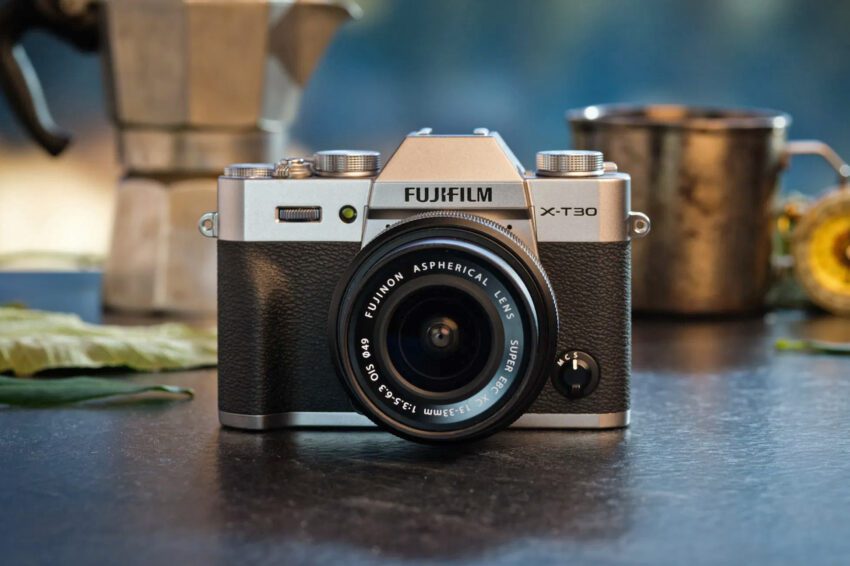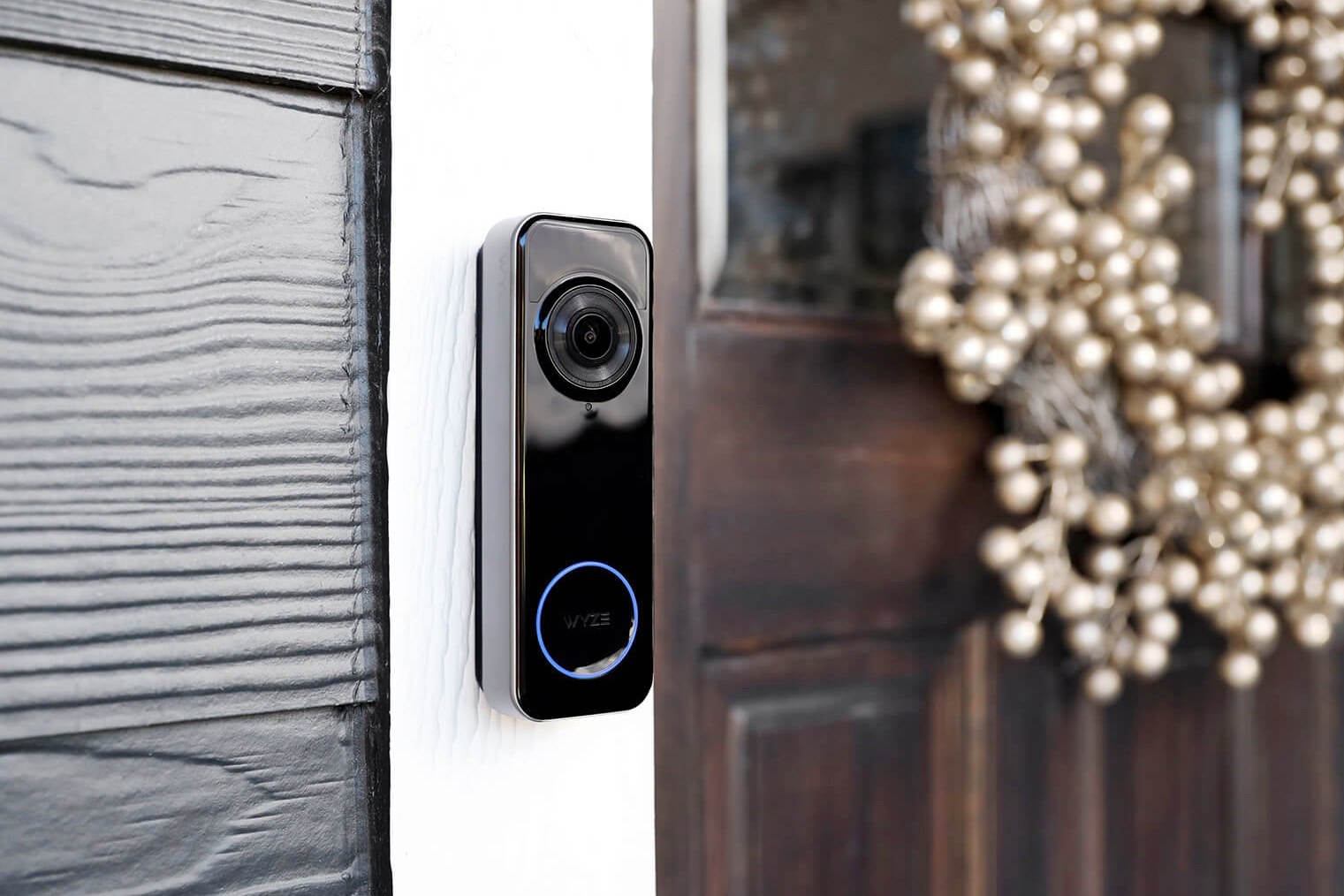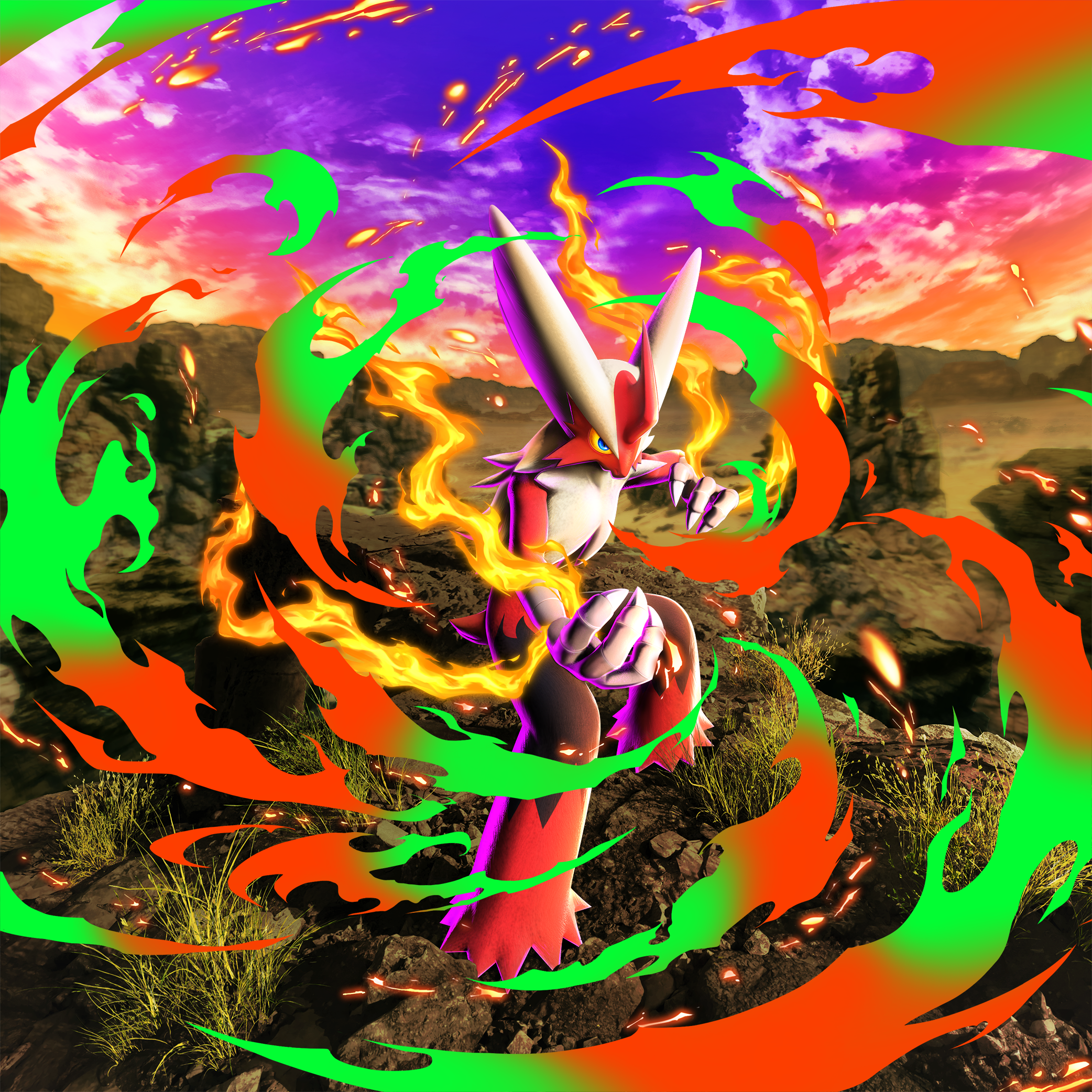
fujifilm updates its entry-level x-t30 with 6k Fujifilm has unveiled the X-T30 III, the latest iteration of its popular entry-level interchangeable lens camera series, enhancing its video capabilities and introducing a new film simulation dial.
fujifilm updates its entry-level x-t30 with 6k
Overview of the X-T30 Series
The Fujifilm X-T30 series has been a staple in the world of photography since its inception. The original X-T30 made its debut in 2019, quickly gaining attention for its compact design and impressive image quality. Following this, the X-T30 II was launched in 2021, albeit with minimal upgrades, primarily focusing on refining existing features rather than introducing groundbreaking changes. With the release of the X-T30 III, Fujifilm aims to build upon the foundation laid by its predecessors while incorporating modern advancements that cater to both amateur and professional photographers alike.
Key Features of the X-T30 III
Sensor and Processor
At the heart of the X-T30 III lies the same 26.1-megapixel X-Trans CMOS 4 image sensor that has been a hallmark of the series. This sensor is known for its ability to produce high-quality images with excellent color reproduction and detail. However, the standout feature of the new model is the integration of Fujifilm’s latest X-Processor 5. This powerful processor enhances the camera’s performance, allowing for faster image processing, improved autofocus capabilities, and enhanced video functionality.
Film Simulation Dial
One of the most notable changes in the X-T30 III is the replacement of the traditional mode dial with a Film Simulation dial. This new feature provides photographers with quick access to 20 different film simulation modes, each designed to replicate the unique aesthetic of various film stocks. Among these options are several black-and-white simulations, catering to those who appreciate the classic look of monochrome photography.
The Film Simulation dial also includes three customizable positions, allowing users to create their own unique looks by adjusting settings such as film grain, color tone, highlights, and saturation. This feature is particularly appealing to photographers who wish to experiment with different styles without the need for extensive post-processing.
Video Capabilities
While the X-T30 III is primarily designed for still photography, it boasts impressive video capabilities that make it a versatile tool for content creators. The camera can now capture 10-bit 6.2K footage at 30 frames per second (fps), a significant upgrade from its predecessors. Additionally, users can shoot in 4K at frame rates of up to 60fps, and even achieve slow-motion footage at 240fps in 1080p resolution. These enhancements position the X-T30 III as a competitive option for videographers looking for a compact camera that does not compromise on quality.
Autofocus and Subject Tracking
Fujifilm has also made strides in improving the autofocus system of the X-T30 III. The camera now features faster autofocus performance, which is crucial for capturing sharp images of moving subjects. Furthermore, the X-T30 III includes advanced subject recognition and tracking capabilities powered by artificial intelligence. This system can identify and prioritize a subject’s face and eyes, as well as track various subjects such as animals, birds, cars, trains, insects, airplanes, and even drones. This level of sophistication in autofocus technology is particularly beneficial for wildlife and sports photographers who require precision and speed.
Battery Life and Usability
Battery life is another area where the X-T30 III has seen improvements. The camera can capture up to 425 shots in Economy Mode, which reduces the performance of autofocus and the tilting LCD display to extend battery life. This feature is particularly useful for photographers who may be shooting for extended periods without access to charging facilities.
The X-T30 III retains the pop-up flash feature from previous models, providing users with additional lighting options when shooting in low-light conditions. Additionally, the camera can connect directly to Fujifilm’s Instax Link printers, allowing users to print their images instantly. The ability to crop shots to fit Fujifilm’s square and wide instant film formats adds a fun and creative element to the photography experience.
Design and Build Quality
In terms of design, the X-T30 III maintains the same compact size and aesthetic appeal as its predecessor. The camera is lightweight and portable, making it an excellent choice for travel and street photography. The build quality is robust, featuring a classic retro design that Fujifilm is known for, complete with a textured grip for added comfort during use.
Pricing and Availability
The Fujifilm X-T30 III is set to ship in November 2025, with preorders currently available starting at $999.95 for the body only, without a lens. This pricing places the X-T30 III approximately $100 higher than the X-T30 II, which launched at $900 a few years ago. The camera will be offered in three color options: all black, black and silver, and black and charcoal silver.
For those looking for a complete kit, the X-T30 III will also be available with Fujifilm’s new XC 13-33mm f/3.5-5.6 OIS lens for $1,149.95, expected to ship in mid-December 2025. This kit option provides an excellent value for photographers who are just starting out or those looking to upgrade their gear.
Implications for Photographers
The introduction of the X-T30 III comes at a time when the demand for versatile and compact cameras is on the rise. With its enhanced video capabilities, improved autofocus, and user-friendly features, the X-T30 III is well-positioned to attract both new and experienced photographers. The Film Simulation dial, in particular, is likely to resonate with those who appreciate the aesthetic qualities of film photography, allowing them to achieve desired looks without extensive editing.
Moreover, the advancements in subject tracking and recognition technology could significantly enhance the shooting experience for wildlife and sports photographers, enabling them to capture fast-moving subjects with greater ease. The improved battery life also addresses a common concern among photographers, providing peace of mind during long shooting sessions.
Stakeholder Reactions
Initial reactions from photography enthusiasts and industry experts have been largely positive. Many have praised Fujifilm for its commitment to innovation while maintaining the core features that made the X-T30 series popular. The incorporation of the Film Simulation dial has been particularly well-received, with users expressing excitement about the creative possibilities it offers.
However, some critiques have emerged regarding the absence of in-body stabilization, which remains a feature exclusive to the more expensive X-T50 model. This limitation may deter some potential buyers who prioritize stabilization for handheld shooting. Nevertheless, the X-T30 III’s other enhancements may outweigh this drawback for many users.
Conclusion
The Fujifilm X-T30 III represents a thoughtful evolution of the X-T30 series, blending classic design elements with modern technology. With its impressive image quality, enhanced video capabilities, and user-friendly features, the X-T30 III is poised to be a strong contender in the entry-level camera market. As photographers continue to seek versatile tools that can adapt to various shooting scenarios, the X-T30 III stands out as a compelling option worth considering.
Source: Original report
Was this helpful?
Last Modified: October 23, 2025 at 7:36 pm
2 views















